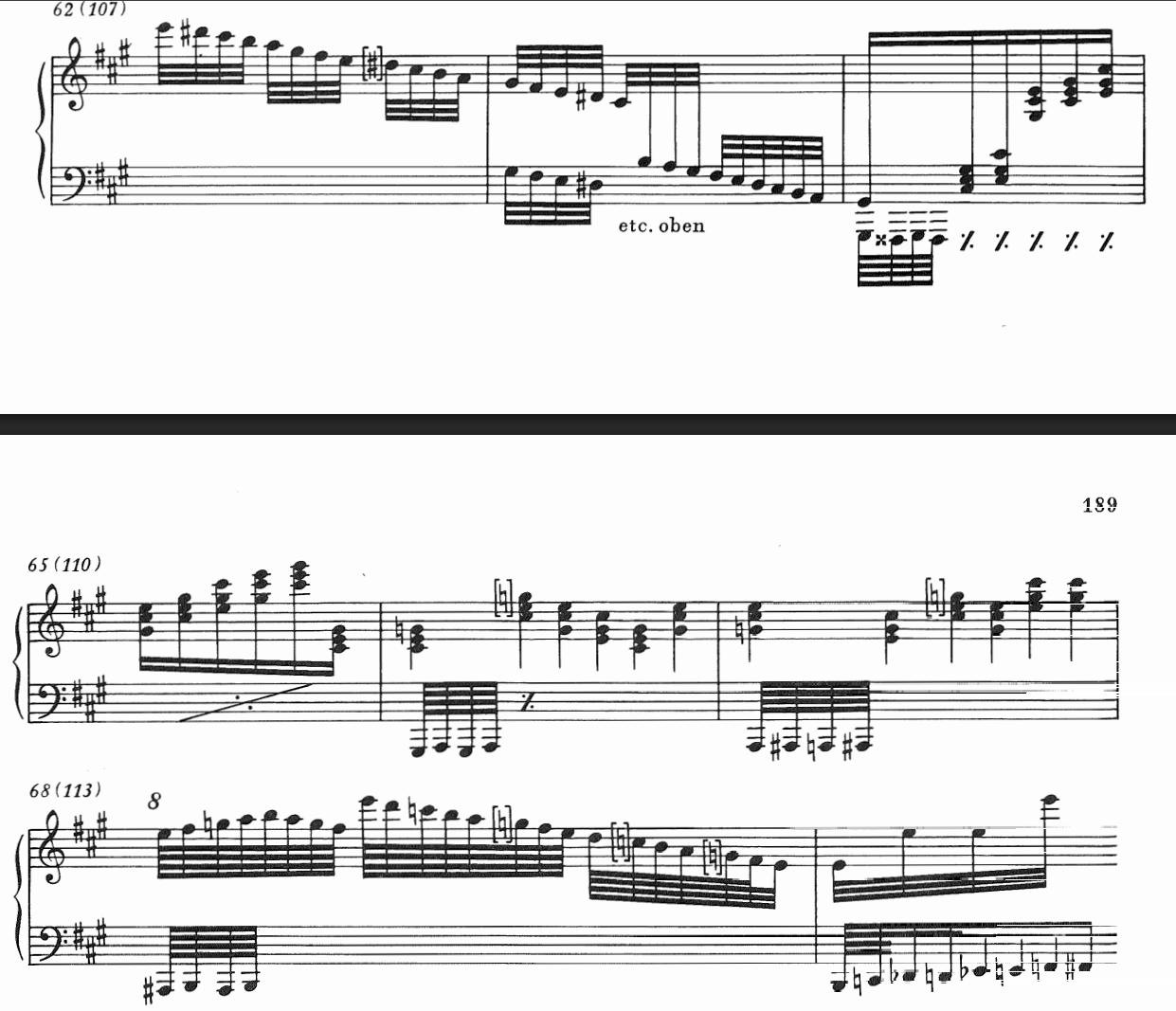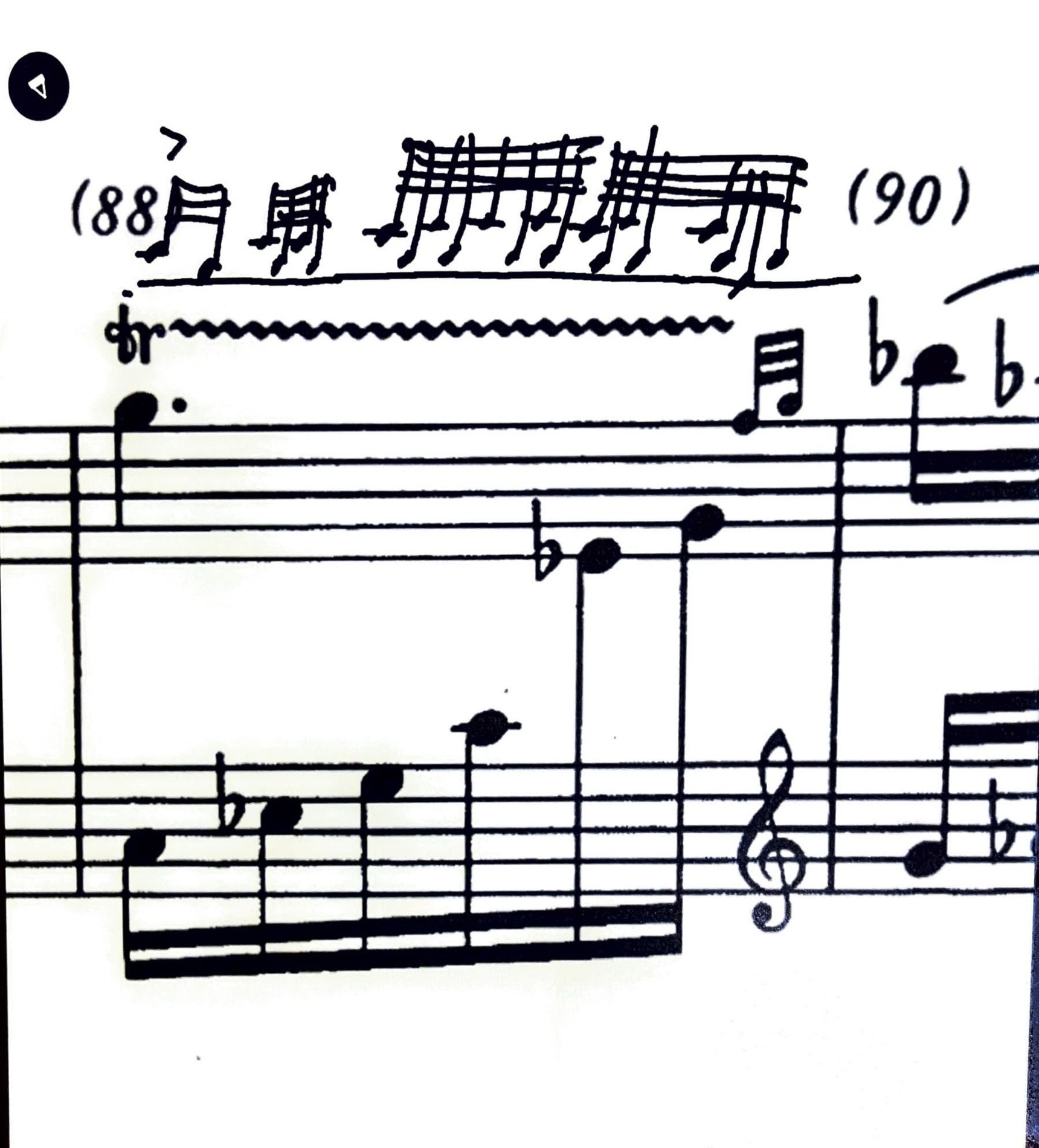Week 2 Assignment
Week 2 assignment:
There are two options this week
- Record a video of yourself playing a trill you are struggling with. It does not matter how many mistakes there are. This is a comparison video.
- After a week of using the practice methods discussed, make a new video of the same passage, acknowledging that a week is a very short amount of time and perfection is not expected.
- You can post a side-by-side video showing your progress.... please include your comments on what you experienced and which methods you found most effective and why you believe that is the case.
Option 2
- Record a brief practice session of your trill, demonstrating your incorporation of methods discussed. Your video will be reviewed and discussed, explaining what elements of the practice are working and which may need further clarification. This is a very helpful option if you would like more specific individualized feedback on what you are doing with your technique. This will also help your other friends, who may also be struggling, somewhat like mini-masterclasses.
https://youtu.be/ymH0eWQTTWw?si=2Ioi8t7pcYFbNyaF
35 replies
-
Thank you for giving us such good insights this week Leann.
Here are my before and after attempts.
Before: https://youtube.com/shorts/fs2NOyudxf0?feature=shared
After: https://youtube.com/shorts/JLvrLrdJRu4?feature=shared
I don't know that there is much difference! However, I do feel more secure in the trills, mainly because of the slow practice I did as I was trying to follow your advice and also to make sure I was "counting" the trills. I think that I will need a lot more practice to pick up the tempo. I would sure appreciate your advice on how to improve.
Even though I wouldn't use fingers 3 and 4 for the RH trill, I thought I would practice that so as to get your advice on how to improve trills with that part of the hand. I think I made a little progress there, mainly because of slow practice and keeping in mind your advice on the balance of the hand.
Before: https://youtube.com/shorts/u8hGcVxtldw?feature=shared
After: https://youtube.com/shorts/WVxk2a-yJII?feature=shared
Thank you for leading us in this TWI!
-
And here is my BEFORE video of the F# Minor Fugue from Book 1 of the WTC.
And a PDF with the trills written out and their locations is attached.
There are 9 entrances of the Subject, played all the way through each time. I aim to play a trill on the penultimate note of the subject every time. (With the possible exception of the very last entrance, where it may not work; I play it anyway here to see what it sounds like). Here is BEFORE where I had not strictly counted the notes and was playing different trills each time. I think it would be better to play the same trill each time. See attached PDF which I have also uploaded with the trills written out and the score highlighting the locations. My aim is to play the “Baseline” trill indicated there. I had experimented with “Alternate A” and “Alternate B”, each also written out (and easier than the Baseline) but hopefully with the help of this workshop I can play the Baseline all the way through.
-
Thank you, Dr. Leann Osterkamp He ! Here's my video for this week (sorry I'm so late, things have been hectic).
My right hand feels pretty comfortable, though now that I look at it on video I can see my pinky might be rising some. My left hand is much, much harder to get remotely close to a similar speed, though, so I'm including a passage from the same piece that uses the same technique in the left hand. With my left hand I'm also practicing rotation away from the piano--it's just really difficult to keep up the rotation and find that "balance" when my fingers hit any kind of solid surface. Any comments would be appreciated!
-
Thank you for participating, everyone! I wish you all the best with your future trilling :)

